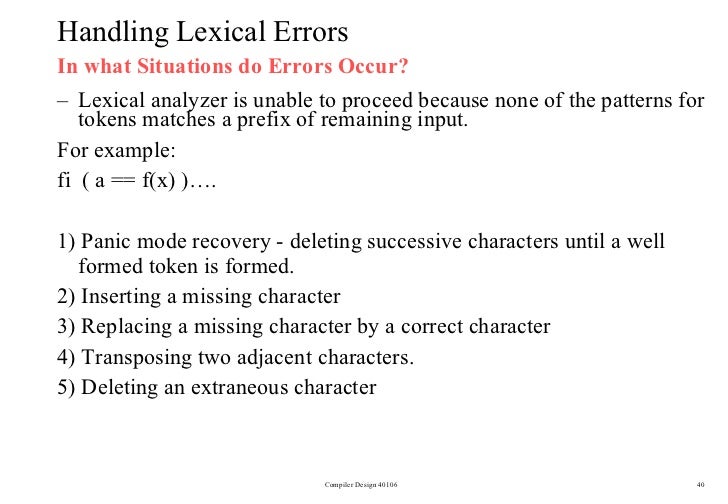

The fluctuations that we discovered are not extreme they are subtle. Our data doesn't indicate there's something inherently wrong with them physically, neither when they are at rest nor during panic. "They worry they're having a heart attack, suffocating or going to pass out. "Most patients obviously feel that there must be something going on physically," Meuret said. Only three are psychological: feeling of unreality, fear of losing control and fear of dying. People with panic disorder probably won't be surprised by the results, Meuret said.īy definition, the majority of the 13 symptoms of panic attack are physiological: shortness of breath, heart racing, dizziness, chest pain, sweating, hot flashes, trembling, choking, nausea and numbness. Subtle physical changes impact panic sufferers more severely Wilhelm, University of Salzburg, Austria electrical engineer Enlu Zhou, University of Illinois at Urbana-Champaign and psychologist Ansgar Conrad and psychiatrist Walton T. Meuret, an assistant professor in the SMU Department of Psychology, reported the results in the journal Biological Psychiatry in the article "Do Unexpected Panic Attacks Occur Spontaneously?" Rosenfield is an associate professor in SMU's Department of Psychology.Ī multi-disciplinary collaboration, other authors on the study were psychologist Thomas Ritz, SMU Department of Psychology psychologist Frank H. "If we know what's happening before the event, it's easier to treat it."
#Panic mode definition how to#
"I think this method and study will ultimately help detect what's going on before these unexpected events and help determine how to prevent them," Meuret said. The study is significant not only for panic disorder, but also for other medical problems where symptoms and events have seemingly "out-of-the blue" onsets, such as seizures, strokes and even manic episodes. "This analysis allowed us to search through patients' physiological data recorded in the hour before the onset of their panic attacks to determine if there were points at which the signals changed significantly," said psychologist David Rosenfield of SMU, lead statistician on the project. Meuret and her colleagues discovered the significant physiological instabilities using change-point analysis, a statistical method that searches for points when changes occur in a "process" over time. To sufferers and researchers alike, the attacks are a mystery.Ĭhange-point analysis uncovered physiological instabilities one hour before attacks
#Panic mode definition tv#
"They would say they were sitting watching TV when they were suddenly hit by a rush of symptoms, and there wasn't anything that made it predictable." "But in an unexpected panic attack, the patient reports the attack to occur out-of-the-blue," Meuret said.

Those that are expected, or cued, occur when a patient feels an attack is likely, such as in closed spaces, while driving or in a crowded place.

The diagnostic standard for psychological disorders, the DSM-IV, defines panic attacks as either expected or unexpected. Unexpected attacks have been a mystery little research to explain them But what we actually found was very little additional physiological change at that time." We had expected the majority of the physiological activation would occur during and following the onset of the panic attack. "What they report is what happens at the end of the 60 minutes - that they're having an out-of-the blue panic attack with a lot of intense physical sensations. "The changes don't seem to enter the patient's awareness," Meuret said. It is notable that patients reported the attacks as unexpected, lacking awareness of either the coming attack or their changing physiology.

These significant physiological instabilities were not present during other times when the patient wasn't about to have a panic attack." "We found that in this hour preceding naturally occurring panic attacks, there was a lot of physiological instability. "The results were just amazing," Meuret said. Monitoring data also showed patients were hyperventilating on a chronic basis. The new findings suggest sufferers of panic attacks may be highly sensitive to - but unaware of - an accumulating pattern of subtle physiological instabilities that occur before an attack, Meuret said.
#Panic mode definition portable#
In a rare study in which patients were monitored around-the-clock, portable recorders captured changes in respiration, heart rate and other bodily functions, said Meuret, lead researcher on the study. Meuret at Southern Methodist University in Dallas. A study based on 24-hour monitoring of panic sufferers while they went about their daily activities captured panic attacks as they happened and discovered waves of significant physiological instability for at least 60 minutes before patients' awareness of the panic attacks, said psychologist Alicia E.


 0 kommentar(er)
0 kommentar(er)
